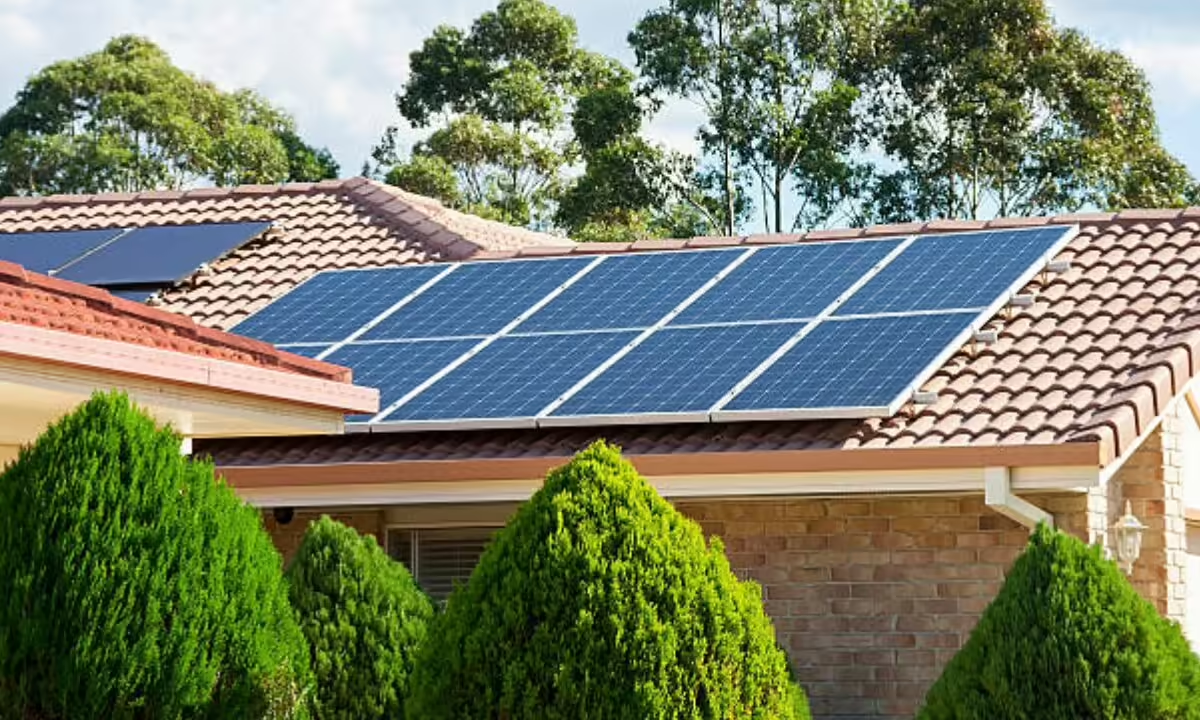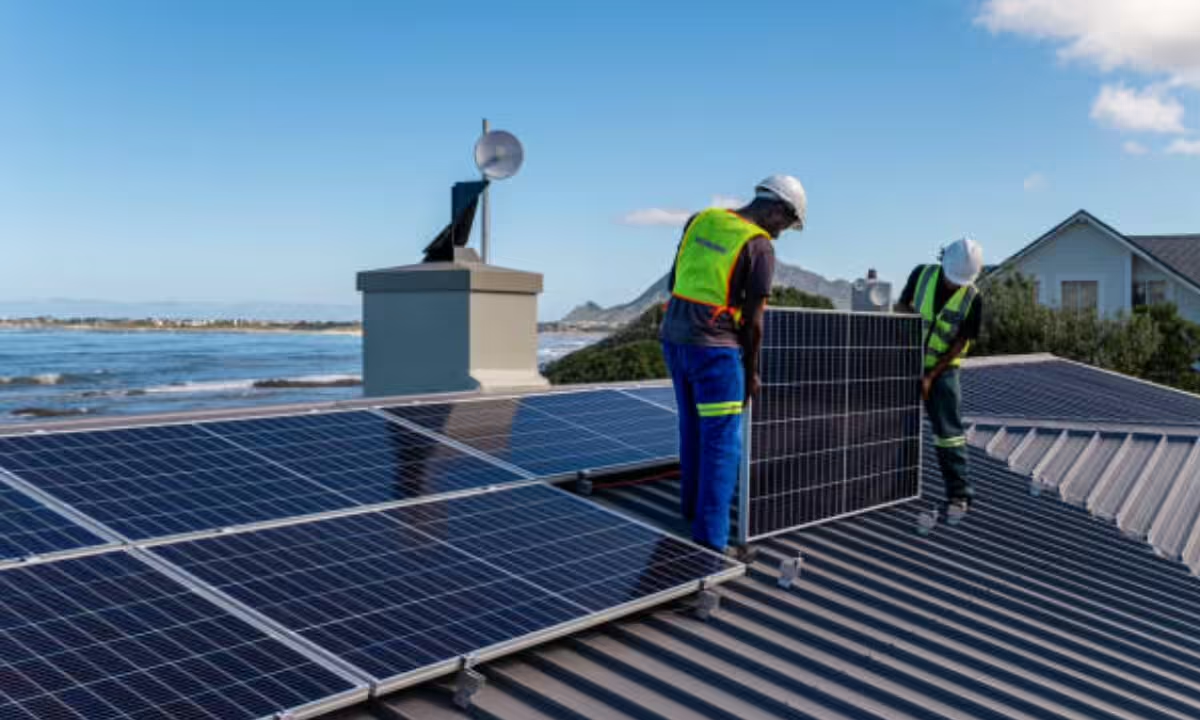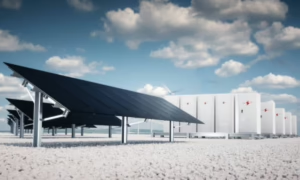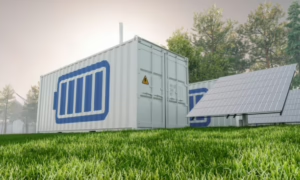Energy costs remain on the rise and the environment also continues to cry. The best alternative way for homeowners to source their energy now is through solar power due to its sustainability and ability to save. Panasonic offers some of the most preferred solar panels due to high efficiency, durability, and cutting-edge technology. This guide covers everything needed to install rooftop solar panels from preliminary thoughts to long-term benefits. Curious about potential cost savings, installation methods, or why Panasonic is unique, this guide will cover a little something for everyone.
Why choose Solar Power to power your Home?

Solar offers many advantages over using other electrical sources of energy. The most apparent one is that it cuts down your electricity bills since solar panels get free electricity from the sun. So, you are not dependent on the grid and, above all, shielded from the fluctuating utility price. Moreover, with your installation of solar panels, you are helping to clean up the environment. Solar power is a renewable source that neither gives rise to greenhouse gas emissions nor depletes natural resources. Thus, it is an ideal solution for those homeowners who would like to reduce their carbon footprint and do some good to the environment.
Factors Before Installation of Rooftop Solar Panels
Important issues to consider and evaluate for a productive installation before venturing into installing solar energy are the condition of your roof, your home’s energy requirements, and local regulations. Panasonic solar panels, though high in efficiency and lifespan, will have specific optimum conditions to fit on your roof but require planning to maximize effectiveness.
Roof Condition and Compatibility
You also have to assess whether the roof of your home can support solar panels. That implies it does not have too much structural damage, besides, there should not be too much heavy wear and tear around this place either. The other two attributes determining the effectiveness are the angle and the direction in which your roof slopes. South-facing roofs are the most productive, but Panasonic solar panels are engineered to perform well in any orientation and even in low-light conditions. Shading by trees or other buildings should also be minimized.
Energy Requirements of Your Home
The solar panel system for your household should be sized based on its energy consumption. Take a close look at your utility bills for the last year and measure your average electricity usage. With this, you will now be able to figure out how many panels you need to meet your energy demands. Panasonic high-efficiency solar panels will make more power per square foot than many other brands, so you may need fewer panels to make the same amount of electricity.
Local Codes and Permits
There will also be local regulations in various parts of the country on putting up rooftop solar installations. Homeowners will have to cross-check local zoning laws, building codes, and the rules in place by utility companies to ensure that they comply. Different jurisdictions require permits before the commencement of installation. It usually ensures it provides certifications to most local and international standards in solar panels, and for any person to understand his/her local conditions will always avert delays.
Panasonic Solar Panels for Your Installation
Panasonic is one of the biggest solar brands that are known in the market. These Panasonic’s are known for constructing reliable high-efficiency panels that will last. Its panels have been designed to be effective even during adverse weather, such as cloudy weather or partial shading. Homeowners enjoy a robust warranty with Panasonic solar panels, ensuring peace of mind and return on investment over time. Panasonic is a class above any other brand because it strikes the right balance of price, performance, and durability, which makes it an excellent option for rooftop installations.
Simplified Rooftop Solar Panel Installation Process
Having decided to go ahead with rooftop solar installation, this is a simplified breakdown of the installation process:
Step 1: Initial Assessment and Energy Audit
A site inspection is done to inspect your roof to ensure that it will fit the solar panels and determine your electricity needs. All this will be provided during an energy audit that will assess your home’s energy needs. This information helps in the determination of how many and where Panasonic solar panels need to be placed for the achievement of your energy goals.
Step 2: Design Your Solar System Layout
Now that the audit is complete, it is your turn to design your solar system. This means finding the proper placement of panels to allow for maximum sunlight exposure. Panasonic panels are designed to work at peak efficiency even when there is less sunlight; however, they do require careful placement to be at their best.
Step 3: Obtain Permits and Approvals
Before the installation process can begin, homeowners are required to obtain permits from local authorities and get approval from utility companies for connecting the system to the grid. This may take a few weeks depending on your location.
Step 4: Installation Process
Once all the permits have been acquired, physical installation can start. This would include mounting Panasonic solar panels to your roof, connecting your panels to an inverter, and wiring the system to your electrical grid in your house. Professional installers will make sure that the panels are mounted securely and the system is set up to function efficiently.
Step 5: Testing and Final Inspection
A post-installation system testing ensures everything works appropriately. Most counties, by local authorities, insist that they see the system up for activation before use.
Maintenance of solar panel
The solar panel most at least for most uses with minimal maintenance unless it becomes necessary and recommended. Over several years, however, cleaning can ensure these components retain their efficiency.
Frequency for routine cleaning of maintenance
Dirt, debris, and bird droppings can make your panels not perform to the best. Cleaning Panasonic solar panels every few months will keep their performance in check. Professional cleaning services are provided, but most homeowners are okay with a hose or soft brush.
Monitoring System Performance
Other solar systems, even those that use Panasonic panels include monitoring software that enables one to monitor the amount of energy created by their solar system. This would imply that you know how effective your panels are in work while at the same time being alerted to every kind of problem.
Savings and Financial Incentives
Installing solar panels can have long-term financial benefits. Although expensive upfront, there are usually several governmental incentives and tax credits that are offered to reduce the expenditure burden of installing solar panels.
Solar Panel ROI
The payback period for homeowners can be between 7 to 10 years, depending on the local electricity rates and the system size. The payback period is reduced just by using Panasonic’s efficiency panels, as they produce more electricity than other panels, allowing greater savings.
There are also available solar incentives as well as tax credits.
Federal Solar ITC-the ITC gives significant federal income tax deductions to individuals for installing solar energy systems in their homes. Also, most states provide supplemental rebates or incentives, which may be found among these. Net metering lets homeowners sell excess power to the grid.
Long-term advantages of rooftop solar:
Beyond immediate cost savings, solar energy provides long-term advantages for homeowners. Solar panels can increase the value of your home, offer protection against rising utility prices, and provide energy independence. Additionally, by choosing Panasonic solar panels, you’re investing in a product with a proven track record of reliability, ensuring that your system will provide clean energy for decades to come.
Conclusion
Among others, it features many rooftop solar panel installations where, for instance, they present excellent cost savings, not to mention environmental protection. Panasonic solar panels therefore represent efficiency, durability, and the high technology involved thus qualifying them as one of the best choices for household installations. If one were able to understand the whole process of installation, plus his maintenance needs, besides economic advantages, he can only opt-in decision towards earning long-term benefits from the solar energy.
Sun-AP Ecopower is recognized for its innovative approach to renewable energy solutions. Aiming to improve the effectiveness and reliability of solar energy systems for both residential and commercial use.




